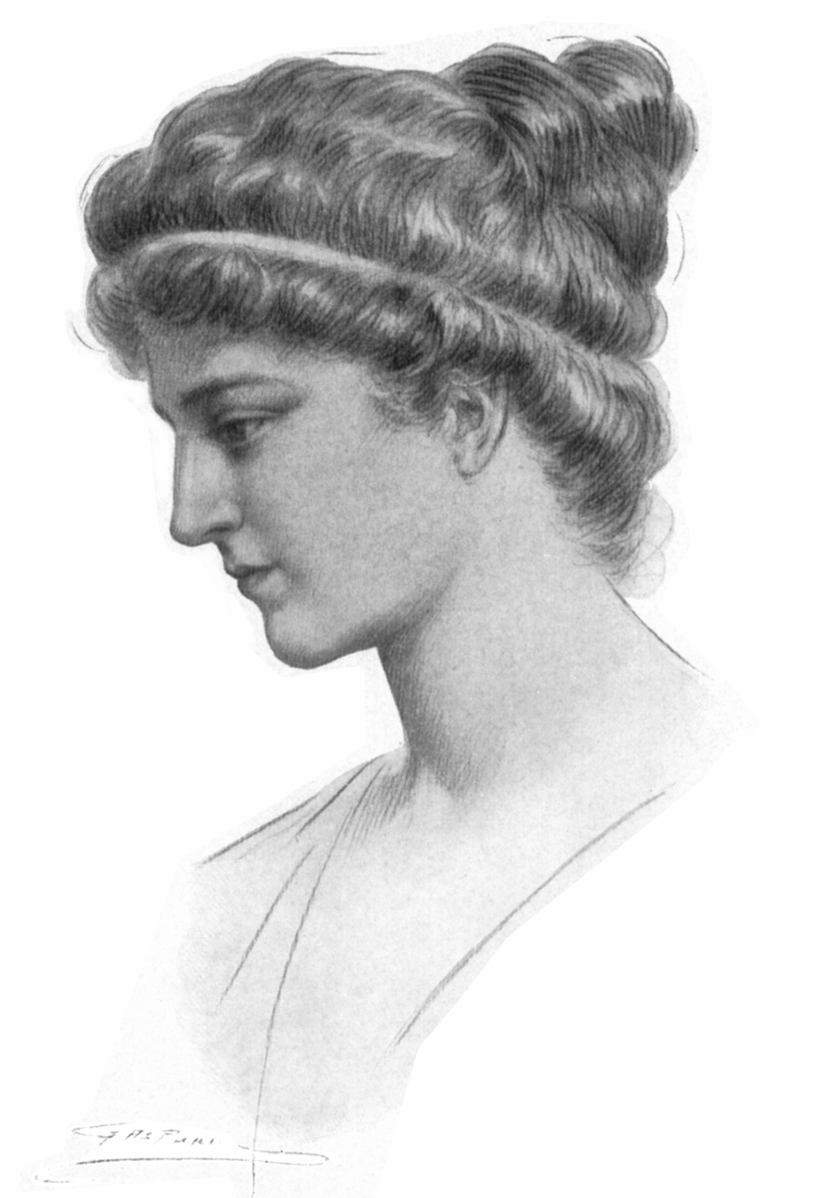This blog has had several posts linking how we use math to answer questions about space.
Math
Vacation: Book Review: Twenty Worlds by Niall Deacon
(jamesmacmath.blogspot.com)
Math
Vacation: How Many Black Holes are there in the Universe? (jamesmacmath.blogspot.com)
Math
Vacation: Number of Planets in the Universe (jamesmacmath.blogspot.com)
Math
Vacation: Can We Reach Another Star? (jamesmacmath.blogspot.com)
Math
Vacation: One Equation - One or Many Worlds? (jamesmacmath.blogspot.com)
Authors James Trefil and Michael Summers put together a very good summary of
the types of planets that exist in our universe that could support life. They
classify these planets in the following ways:
Goldilocks – those planets like Earth that are just right distance from
their star to have liquid water. This is our only confirmed source of life in
the universe, so this very Earth-centric view is valid. However, they bring out
that many other planet types could support life.
The other planet types explore in the book include:
Planets with surfaces of only solid ice.
Planets with surface ice and having
liquid oceans below the surface.
Planets entirely covered with
liquid water.
Planets that are in a tidal lock
with their sun as our moon is with Earth.
Earth-like planets bigger than Earth
but smaller than Neptune (none in our solar system, but very common elsewhere).
Planetary systems like those orbiting
Trappist-1 where several planets are orbiting in close proximity to their star.
Most interestingly, are the rogue
planets. These are planets that formed in solar systems and were ejected from
the system by violent encounters during the solar system’s formation. Some
believe that the number of rogue planets may far outnumber traditional planets.
While they would not bathe in sunlight, they still have the source of energy
from the cooling of their initial formation and from radioactive decay.
Therefore, it is possible that these rogue planets could harbor life.
The book also discusses life
forms that may exist outside of usual experience, including artificial
intelligence and life based on electromagnetic basis versus a chemical basis.
Another important idea discussed
is what other liquids, other than water, could be supportive of life. The main
candidates include liquid methane, ammonia, and hydrogen sulfide.
Also explored is the possibility
of life based on elements other than carbon, such as a silicon-based life.






